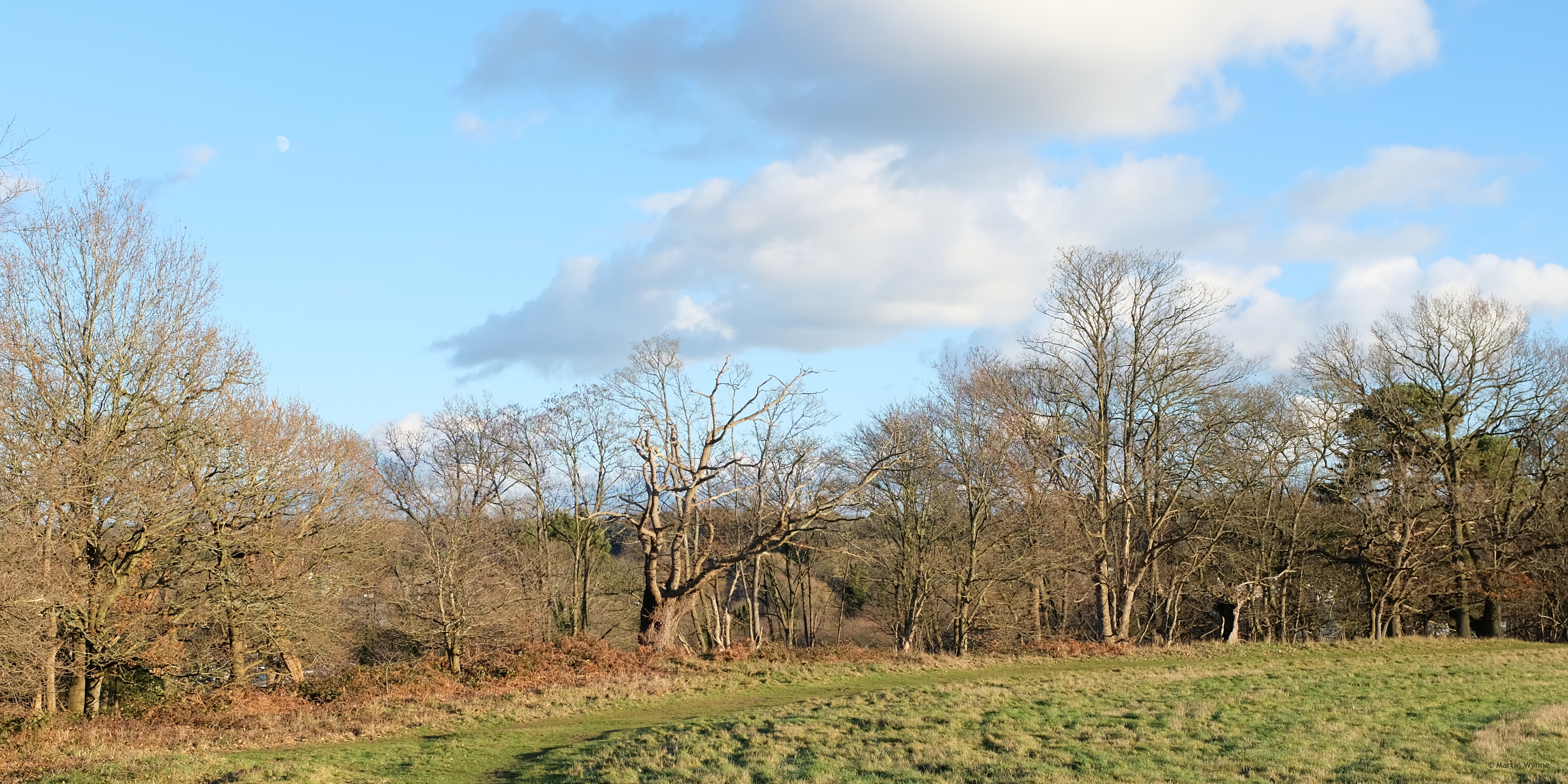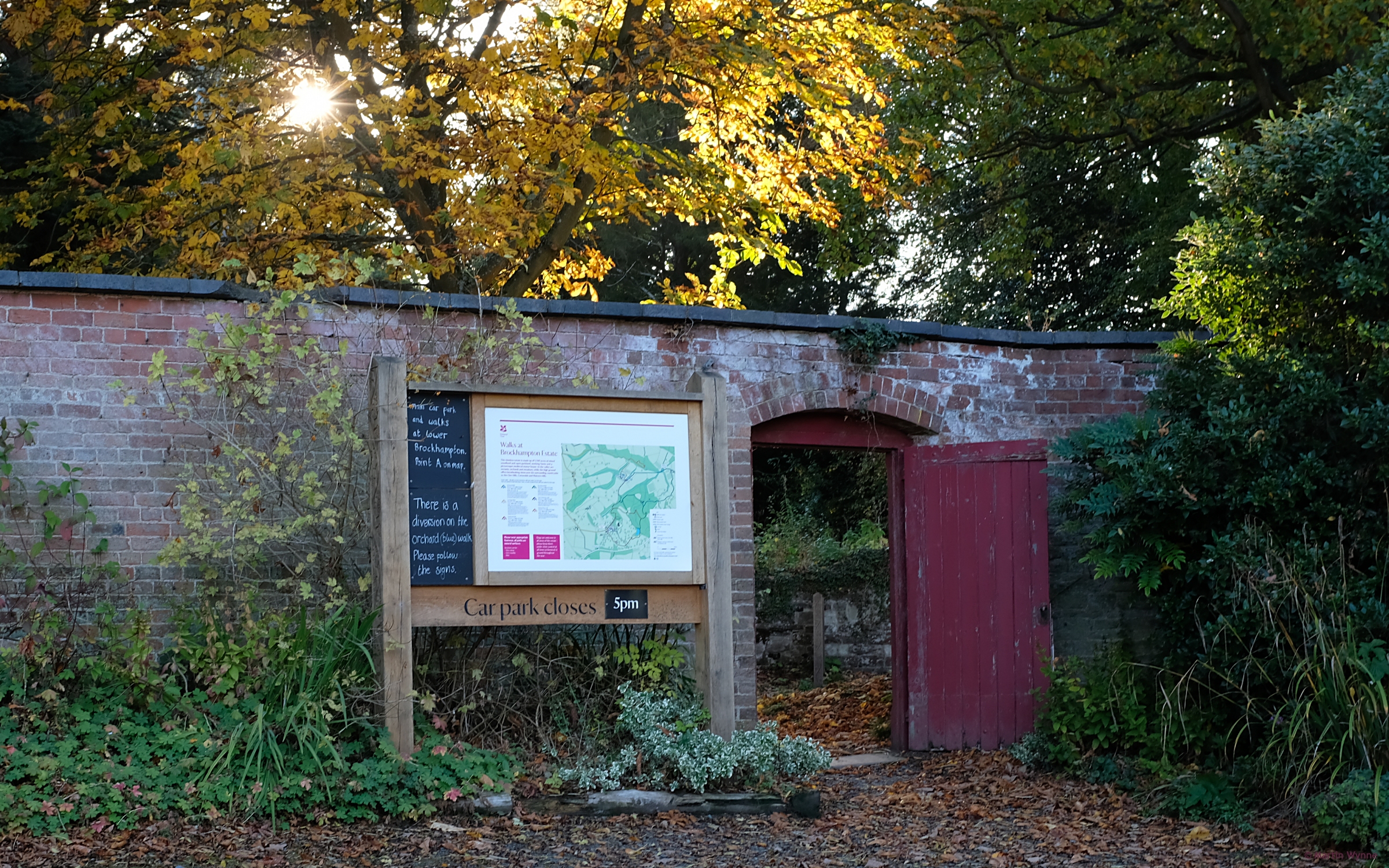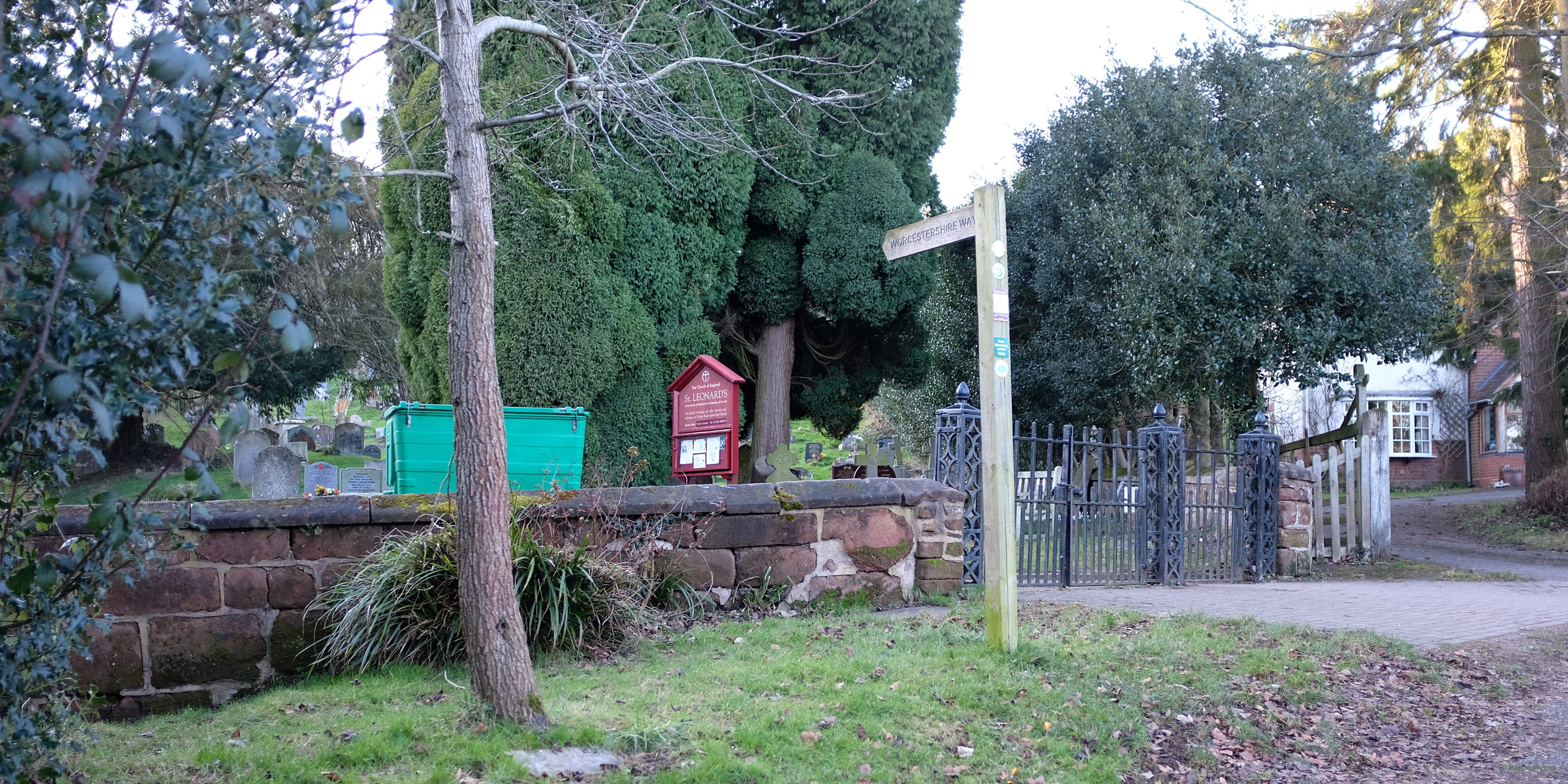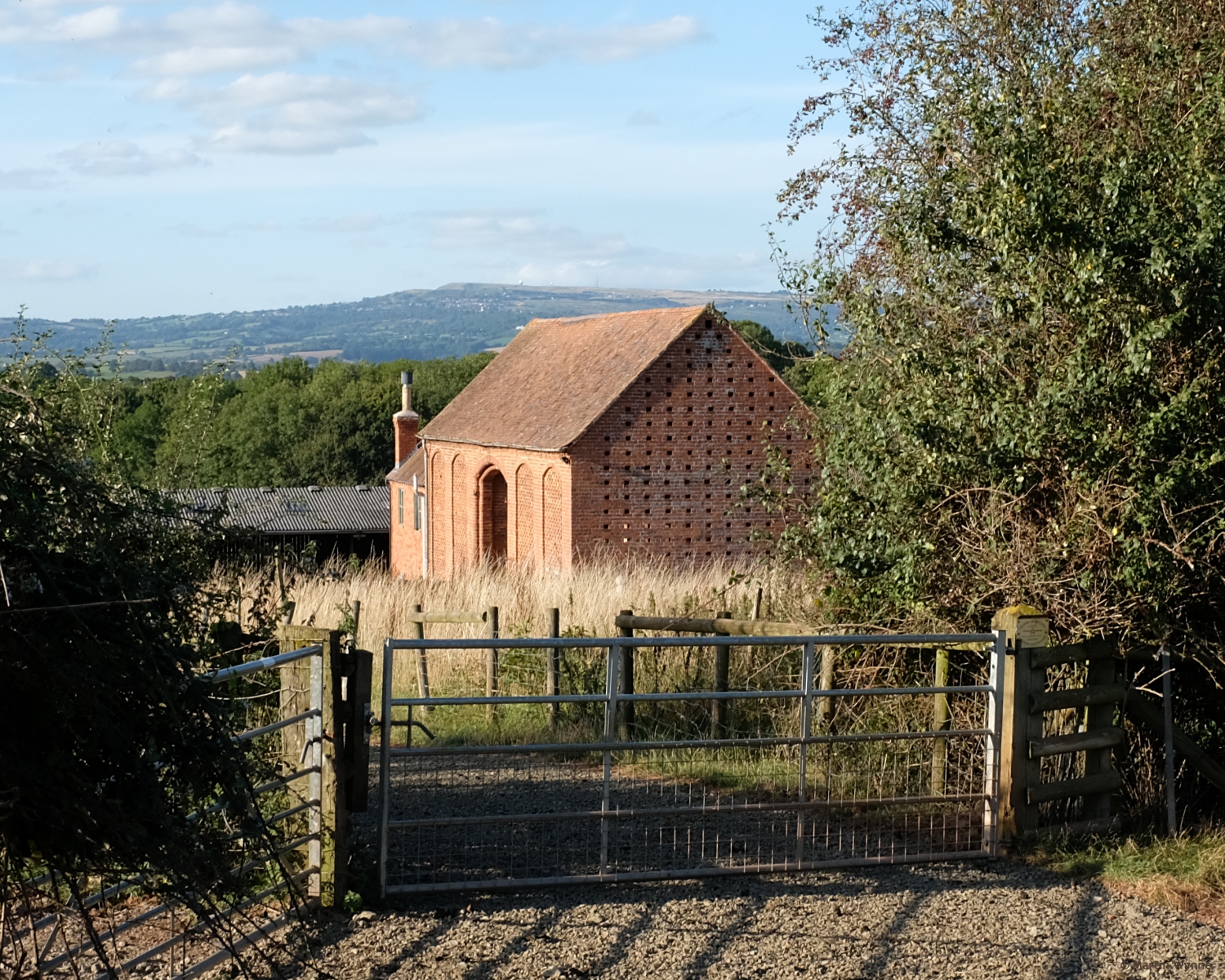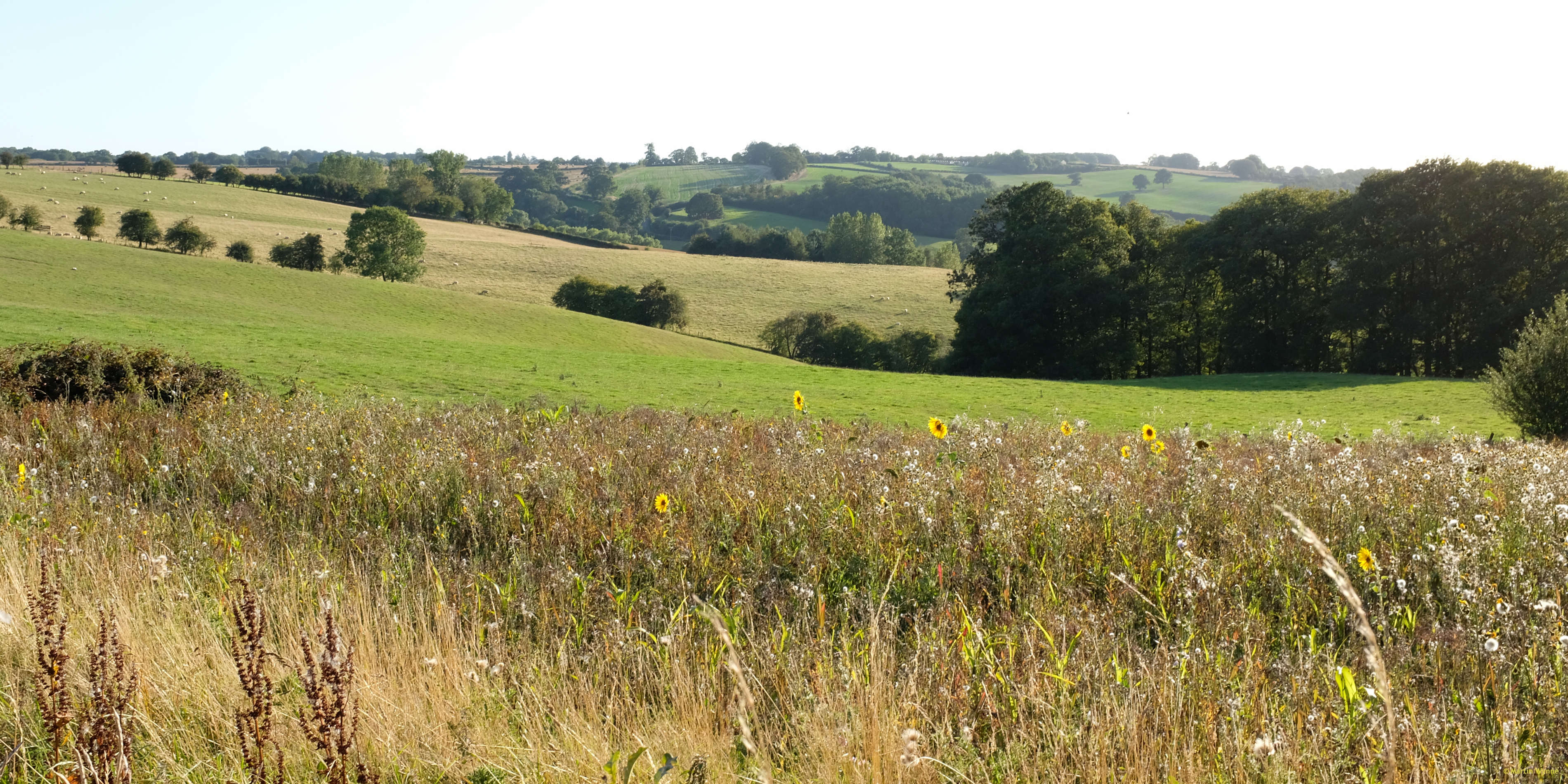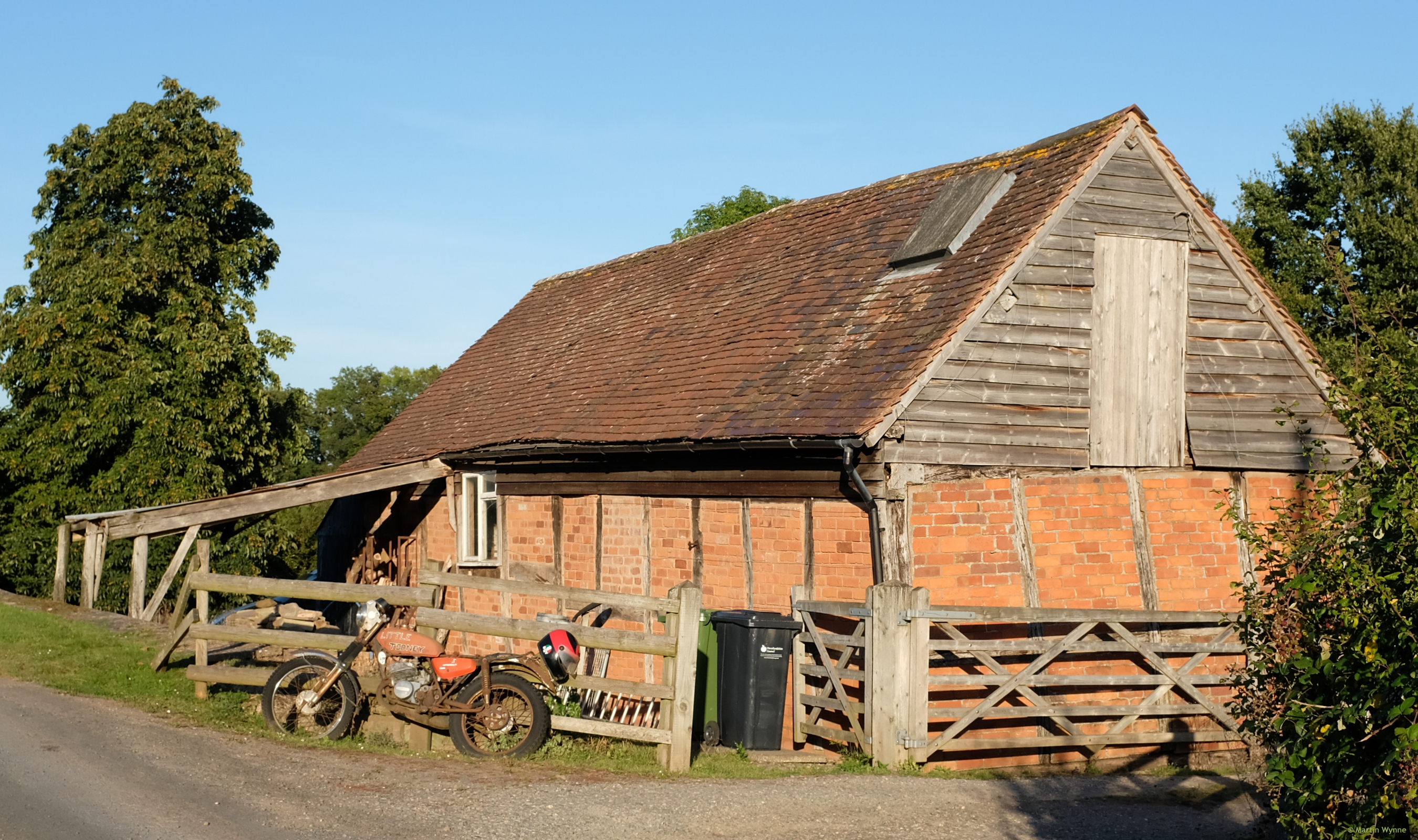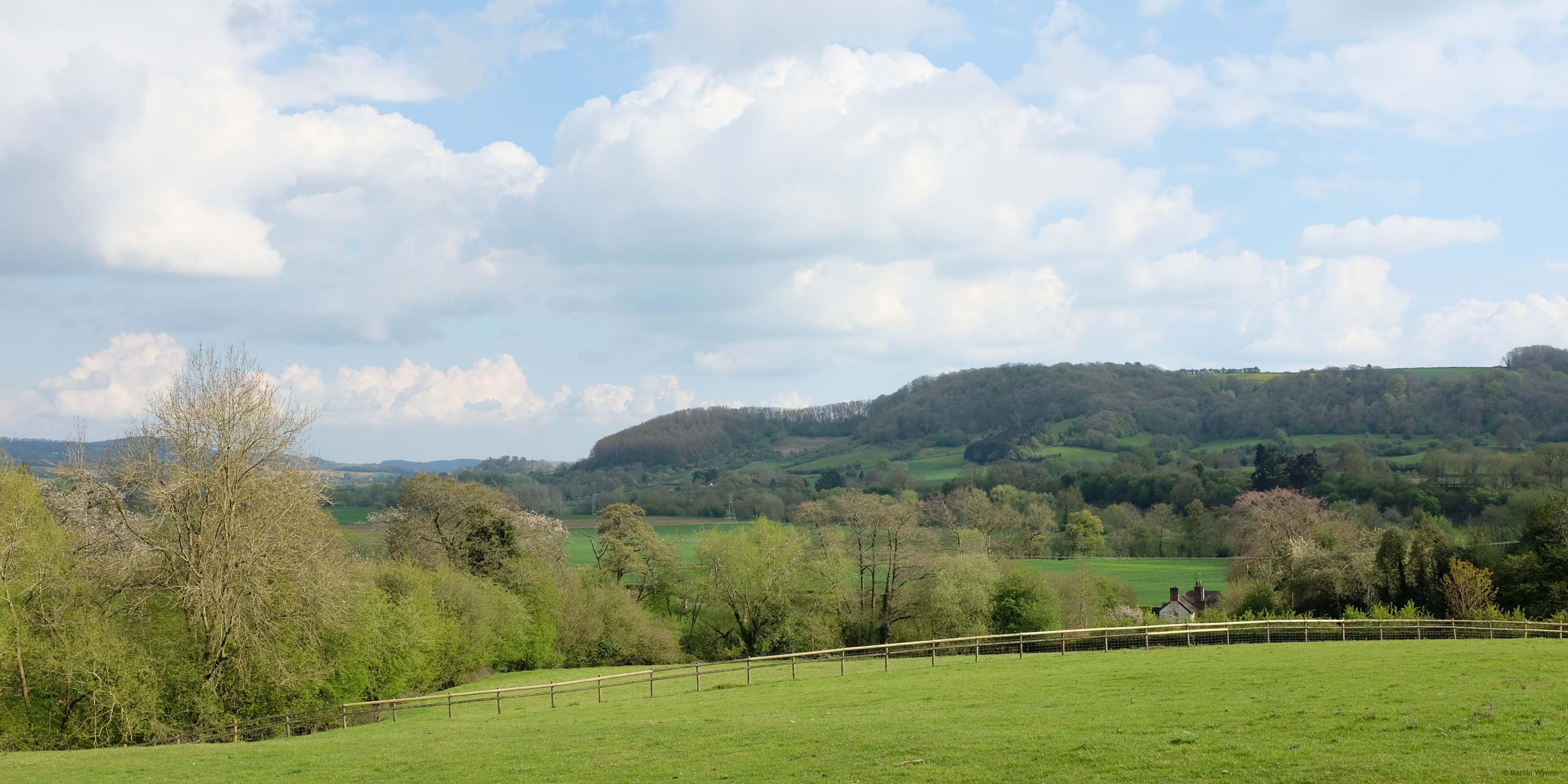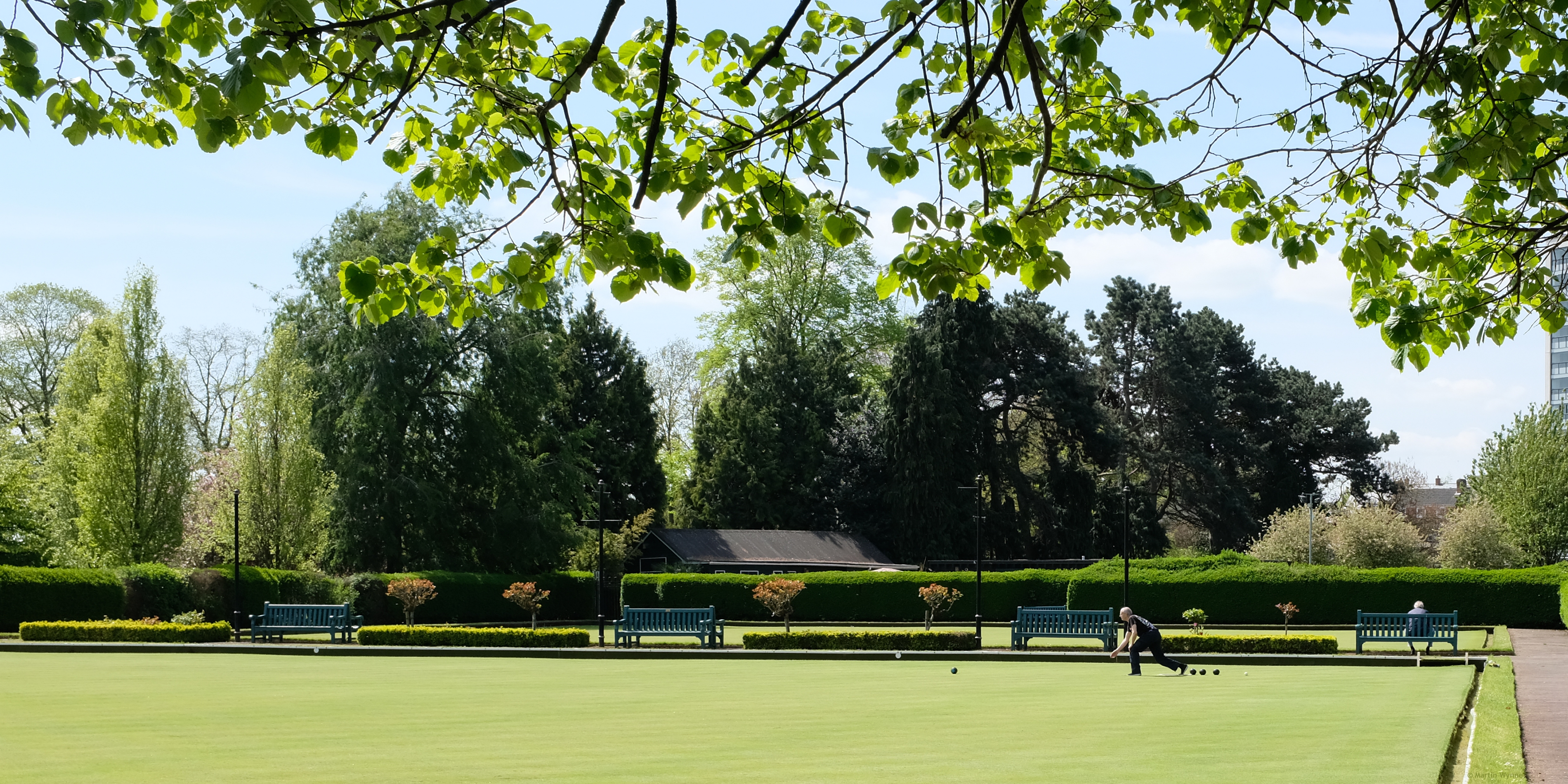Andrew Duncan
Member
- Location
- Reigate
Hello RobHello Andrew,
Thank you for your concern. I am not feeling too bad but still have bouts of tiredness throughout the day. After a 999 call the paramedics found me a jibbering mess slumped in a chair at home. It took some time for A&E doctors to figure out that I had excess fluid in my head. I was operated on a while later and had a shunt fitted to drain the excess fluid and reduce the pressure in my head. It appears that no actual damage has been caused to my brain(!). The scars from the operation are healing nicely so it should be just a matter of time bfore I am back to normal - apart from the SOS alert bracelet I will have to wear for the rest of my life - at least it will make diagnosis easier if anything goes wrong in the future.
I hope you are managing some sense of normalitity since your sad loss and hope you are in good health.
Rob
Well, what an exciting life you lead, holes drilled in your head, and you're still alive after all that, well done! So ok, joking apart I'm really pleased that your ok and the prognosis is good. The bracelet sounds intriguing.
As for my family and me, yes we are keeping well and occupied, learning to live without Babette, which while sad has, as these things very often do, had some surprisingly positive results, with old friendships renewed and new friendships beginning. So given that I can't change anything, really the support we have had, and certainly that I've had, has been huge. And whilst it doesn't stop feelings of loss especially when I wake in the middle of the night (as now!) the ability to be able to talk this through(as I am now) is very helpful and is, I believe, part of the healing process.
So back to you Rob, and I'm very glad you're ok.
Hello Igor, thank you for your post, really very kind and generous of you, as always!
Andrew
Sorry to hijack the thread everyone. Back beautiful pictures....!
message ref: 5280
 Search
Search

